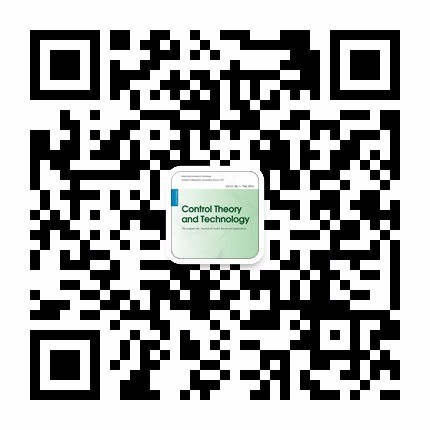| 摘要: |
| We present in this paper a robust online path planning method, which allows a micro rotorcraft drone to fly safely in GPS-denied and obstacle-strewn environments with limited onboard computational power. The approach is based on an efficiently managed grid map and a closed-form solution to the two point boundary value problem (TPBVP). The grid map assists trajectory evaluation whereas the solution to the TPBVP generates smooth trajectories. Finally, a top-level trajectory switching algorithm is utilized to minimize the computational cost. Advantages of the proposed approach include its conservation of computational resource, robustness of trajectory generation and agility of reaction to unknown environment. The result has been realized on actual drones platforms and successfully demonstrated in real flight tests. The video of flight tests can be found at: http://uav.ece.nus.edu.sg/robust-online-path-planning-Lai2015.html. |
| 关键词: Unmanned aerial vehicles, mapping, path planning, trajectory generation |
| DOI: |
| Received:January 12, 2016Revised:January 23, 2016 |
| 基金项目: |
|
| A robust online path planning approach in cluttered environments for micro rotorcraft drones |
| S. Lai,K. Wang,H. Qin,J. Q. Cui,B. M. Chen |
| (NUS Graduate School for Integrative Sciences & Engineering, National University of Singapore (NUS);.Department of Electrical & Computer Engineering, NUS;Temasek Laboratories, NUS) |
| Abstract: |
| We present in this paper a robust online path planning method, which allows a micro rotorcraft drone to fly safely in GPS-denied and obstacle-strewn environments with limited onboard computational power. The approach is based on an efficiently managed grid map and a closed-form solution to the two point boundary value problem (TPBVP). The grid map assists trajectory evaluation whereas the solution to the TPBVP generates smooth trajectories. Finally, a top-level trajectory switching algorithm is utilized to minimize the computational cost. Advantages of the proposed approach include its conservation of computational resource, robustness of trajectory generation and agility of reaction to unknown environment. The result has been realized on actual drones platforms and successfully demonstrated in real flight tests. The video of flight tests can be found at: http://uav.ece.nus.edu.sg/robust-online-path-planning-Lai2015.html. |
| Key words: Unmanned aerial vehicles, mapping, path planning, trajectory generation |

